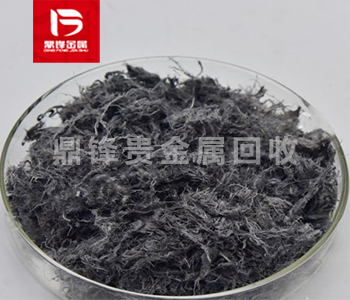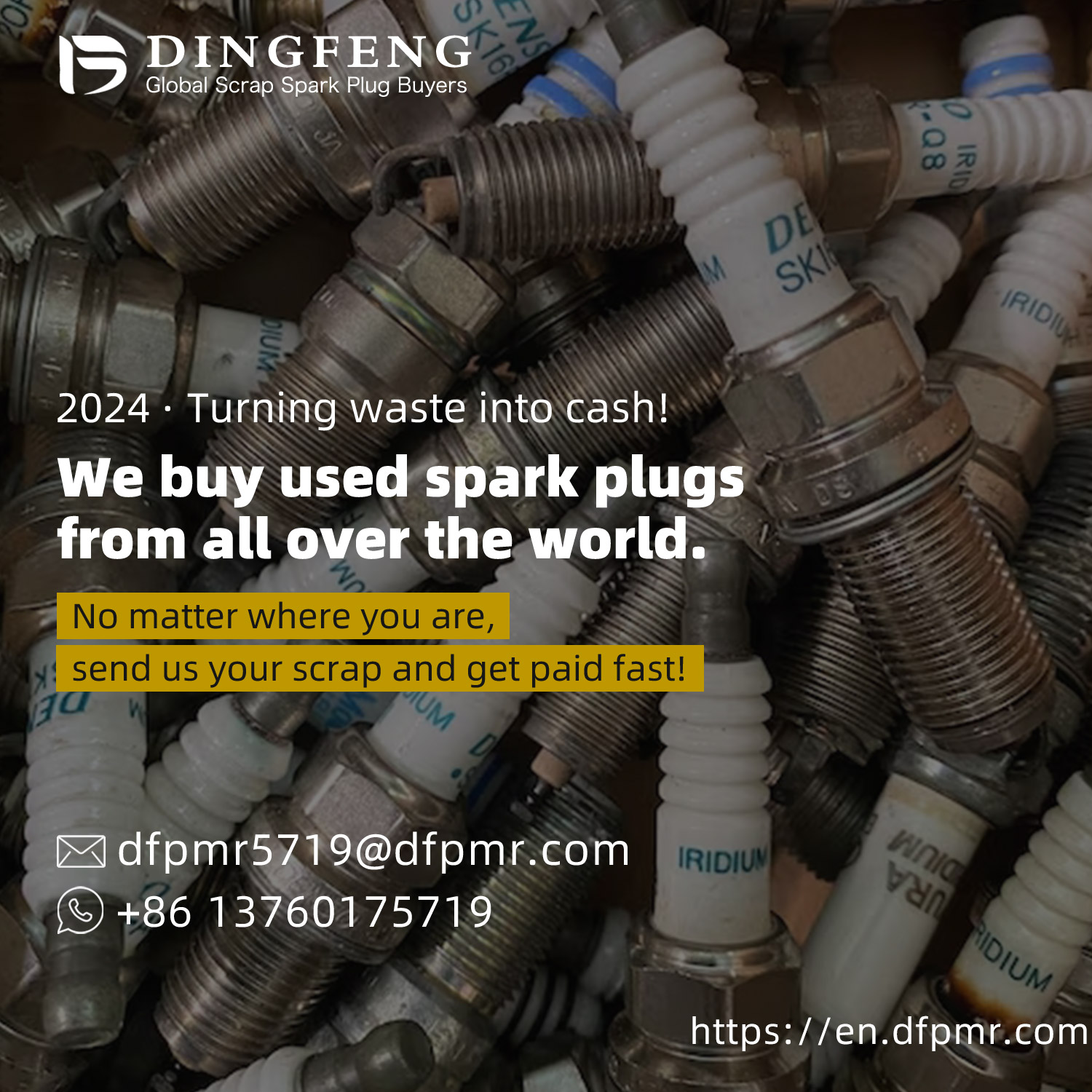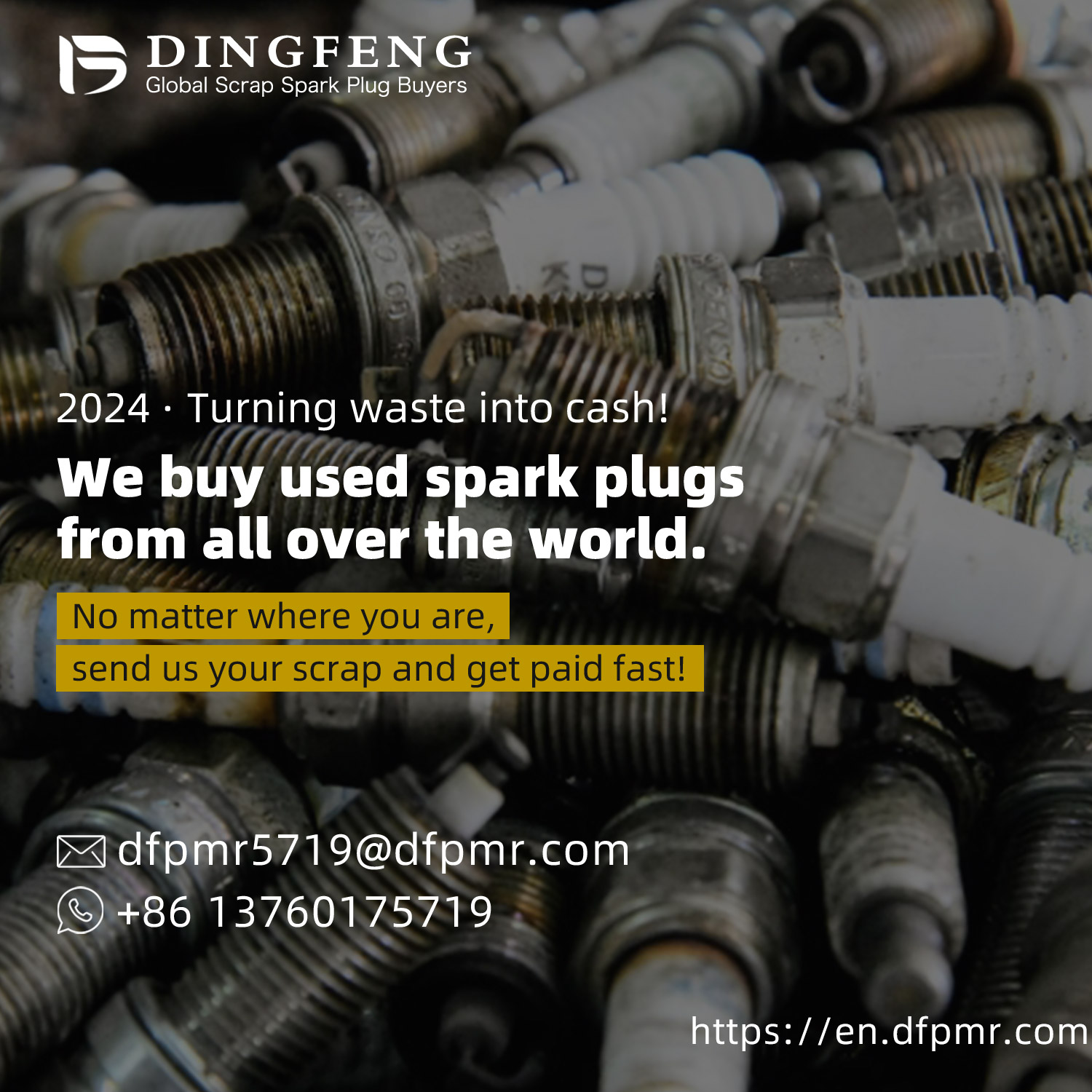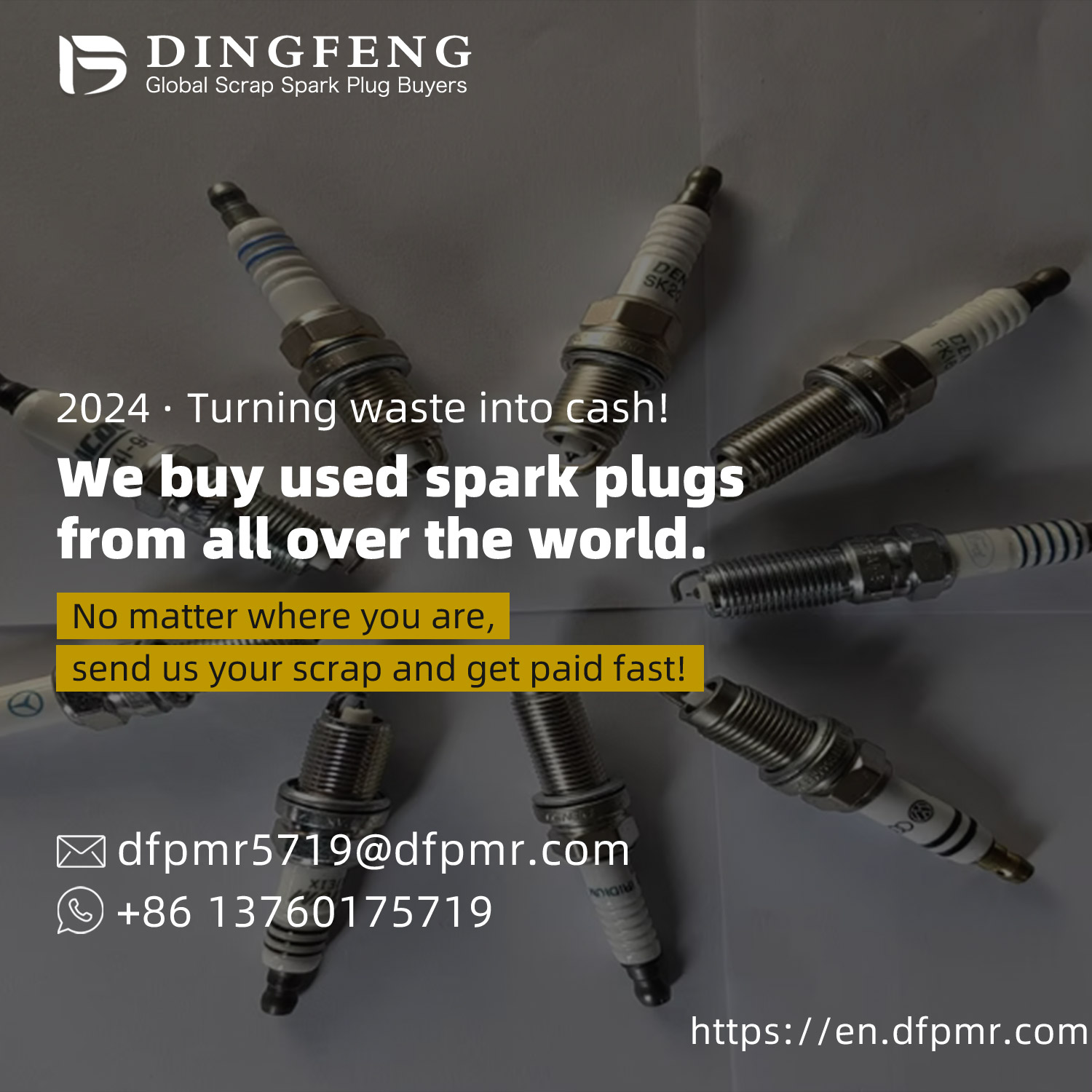Gold plating recycling: Understand the specific processes of gold plating recycling
With the continuous development of social economy and technological progress, metal has been widely used as an important industrial raw material. In many industries, gold-plated products are common, s
With the continuous development of social economy and technological progress, metal has been widely used as an important industrial raw material. In many industries, gold-plated products are common, such as jewelry, electronic devices, and decorations. However, these products may be damaged or outdated during use, leading to the generation of waste and waste. In order to reduce resource waste and environmental pollution, gold plating recycling has become an important activity, which can extract valuable gold from waste and reuse it. The following will provide a detailed introduction to the specific process of recycling and selling gold plating.
1、 Collection and classification
1. The first step of gold plating recycling is to collect waste gold plating materials, which may come from various channels, such as waste electronic products, waste jewelry, Industrial waste, etc. Collection can be carried out through methods such as recycling companies, waste recycling stations, or recycling bins.
Once the gold-plated material is collected, it needs to be classified. This is because different types of gold-plated materials may have different components and characteristics, requiring different extraction and processing methods. Common classification methods include distinguishing based on the thickness of the gold plating layer, substrate type, and metal purity.
2、 Extraction and Separation
In the second step of gold plating recycling, the extraction and separation of gold will be carried out. This process mainly includes physical and chemical methods: 1. Physical methods usually involve mechanical treatment of gold-plated materials, such as crushing, grinding, and screening. Through these methods, the gold plating layer can be separated from the substrate and powders or particles containing gold can be obtained. 2. Chemical methods mainly involve the dissolution and separation of metals. A common method is to use chemical solvents such as hydrochloric acid or nitric acid to dissolve the gold plating material, thereby separating gold from other metals. Further purification can be achieved through electrolysis, solvent extraction, or other separation techniques.
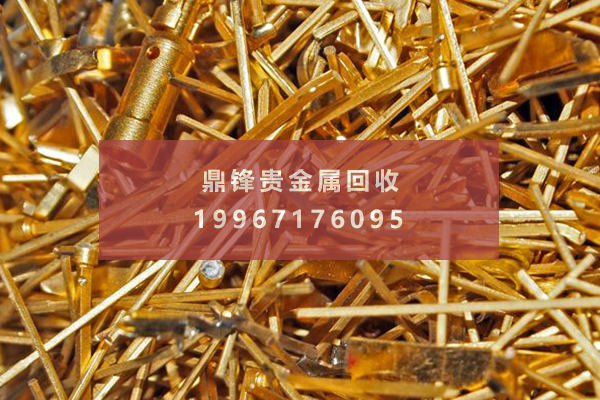
3、 Refining and Evaluation
1. The extracted and separated gold usually requires a refining process to improve its purity and quality. Refining can be carried out using different methods such as pyrometallurgy (such as roasting and smelting) or wet metallurgy (such as electrolysis and adsorption). These methods help to remove impurities and other harmful substances, thereby obtaining purer gold.
After refining, gold will be evaluated based on its purity and weight. This can be done through chemical analysis, weighing, and market price reference. The evaluation results will affect the subsequent sales and transaction processes.
4、 Sales and transactions
The final step is to sell and trade the recovered gold plating. This can be achieved by establishing connections with gold processing companies, jewelers, metal exchanges, or financial institutions. The sales and trading methods can be direct sale of gold or processing and customization into other metal products.
2. In the process of sales and transactions, legal and compliant operations and paperwork are essential. This includes signing contracts, issuing receipts, handling relevant permits and procedures, etc. Ensuring legal compliance will help protect the rights and interests of both parties and maintain market order.
The recycling and sale of gold plating is a complex and important metal recycling activity. By collecting and classifying, extracting and separating, refining and evaluating, as well as selling and trading, valuable gold can be extracted from waste and provided with valuable recycled materials for the metal processing industry. This not only contributes to environmental protection and sustainable resource utilization, but also promotes the sustainable development of the metal industry. With the continuous progress of technology and the improvement of environmental awareness, the process of gold plating recycling will also be continuously improved and optimized, bringing greater benefits to society and the economy.
&Quot; Dingfeng Precious Metals Recycling includes precious metals such as gold, silver, palladium, rhodium, platinum, germanium, iridium, ruthenium, etc. This is our business in precious metal recycling. If you have precious metals such as gold, silver, palladium, rhodium, platinum, germanium, iridium, ruthenium that need to be recycled, please contact us and we will provide you with a satisfactory price& Quot;



